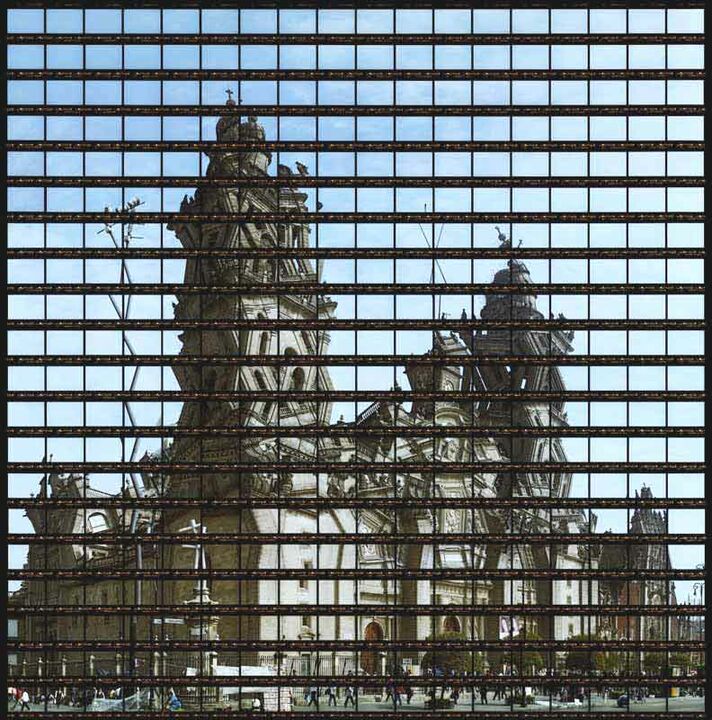Manuel Tolsá (1775 - 1816)
Manuel Tolsá was born in 1757 at Valencia, Spain. He was a Neoclassical architect and sculptor in Spain and Mexico. He got his education at the Royal Academy of San Carlos in Valencia and the Royal Academy of San Fernando in Madrid. He was a student of José Puchol in sculpture and of Ribelles, Gascó and Gilabert in architecture. In 1790 he was named director of sculpture at the recently created Academy of San Carlos in Mexico City, Mexico. He sailed in 1791 to south America, in accordance with the king's instructions, to bring books, instruments of his profession, and plaster copies of classic sculptures from the Vatican Museum. On his arrival in Mexico City the city government named him supervisor of the drainage and water supply systems of the city. Later he dedicated himself to the artistic and civil works for which he is now remembered. He also designed furniture, made adornments for altars cast cannons. Tolsá died in 1816 of a gastric ulcer.
Important works
Catedral Mexico City
The Palacio de Minería, Mexico City
El Caballito on Tacuba avenue.
Statue of Charles IV
Old palace of Buenavista
Palace of the marqués del Apartado, Mexico City
Main altar principal of the Cathedral of Puebla
Main altar of the church of Santo Domingo
Main altar of the church of La Profesa.
Altar "La Purísima Concepción" in the church of La Profesa
Main altar of the Carmelite convent
Fountain at the beginning of the Camino Real to Toluca
Bust of for the tomb of Hernán Cortés, in the Hospital de Jesús
Bronze statues of Jesus in the Cathedral of Morelia
Design of the Neoclassical part of the Church, Loreto
Plans of the Hospicio Cabañas, Guadalajara
Plans of the convent of the Propaganda Fide in Orizaba









